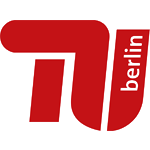Difference between revisions of "Team:Berlin/Project/property"
Jpalbrecht (Talk | contribs) |
Jpalbrecht (Talk | contribs) |
||
| Line 152: | Line 152: | ||
<a href="https://2015.igem.org/Team:Berlin/Project/Implementation" class="sub-link-project">4. Implementation of our Product</a><br/><br/> | <a href="https://2015.igem.org/Team:Berlin/Project/Implementation" class="sub-link-project">4. Implementation of our Product</a><br/><br/> | ||
<a href="https://2015.igem.org/Team:Berlin/Project/property" class="sub-link-project">5. Properties of Enzymatic Flagellulose</a><br/><br/> | <a href="https://2015.igem.org/Team:Berlin/Project/property" class="sub-link-project">5. Properties of Enzymatic Flagellulose</a><br/><br/> | ||
| − | <a href="https://2015.igem.org/Team:Berlin/Project/results" class="sub-link-project">6.Results</a><br/><br/> | + | <a href="https://2015.igem.org/Team:Berlin/Project/results" class="sub-link-project">6. Results</a><br/><br/> |
<br/> | <br/> | ||
</div> | </div> | ||
Revision as of 14:45, 17 September 2015
Project
Thanks to

















 Project
Project